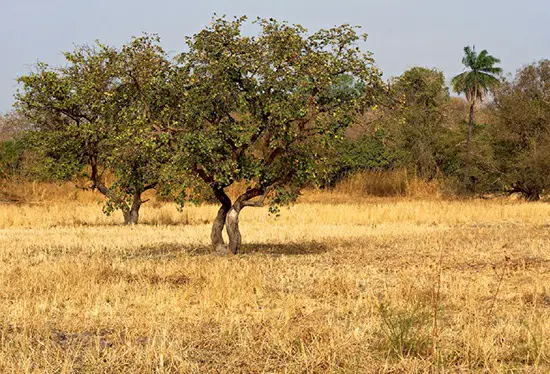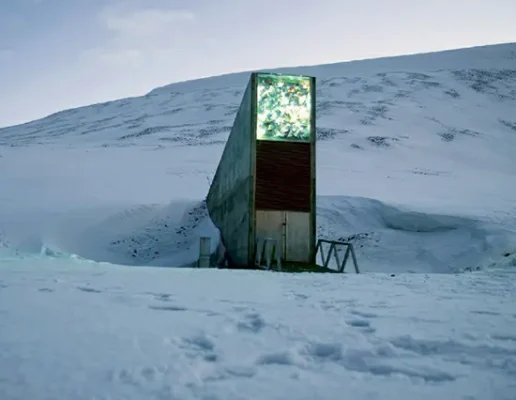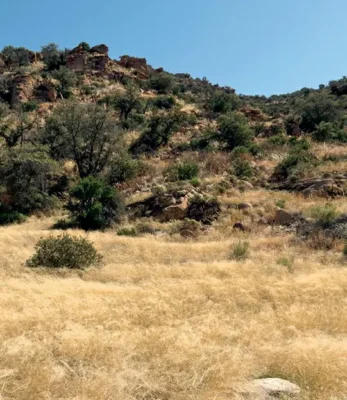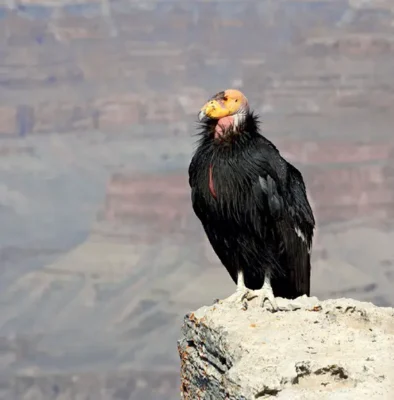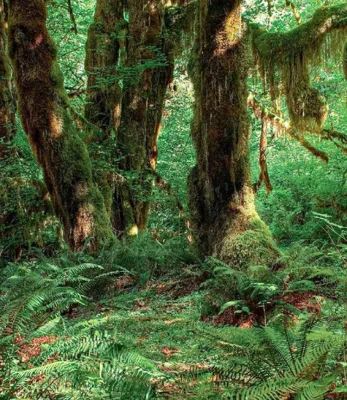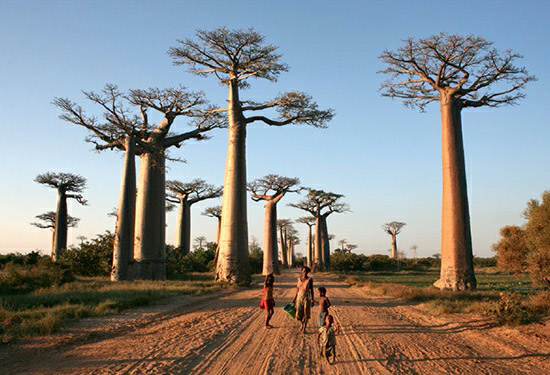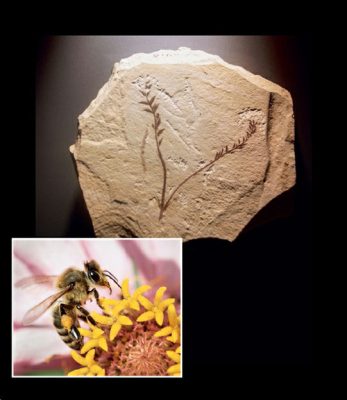Tag Archives: Biodiversity
2013: The Dynamic Ecosystem of Savannas – Between Grasslands and Woodlands
Savannas, blending grasslands with sparse woodlands, host diverse species and play a crucial role in ecosystems and economies, warranting sustainable management and conservation
2008: Preserving Biodiversity – The Role of the Svalbard Global Seed Vault
The Svalbard Global Seed Vault, part of a network of global seed banks, plays a crucial role in preserving plant genetic diversity, safeguarding seeds against global threats, and ensuring future agricultural sustainability
2004: The Significance of Grasslands and Chaparral in Global Ecosystems
Grasslands and chaparrals are crucial ecosystems, with grasslands characterized by moderate rainfall and chaparral thriving in Mediterranean climates. Their preservation is vital for maintaining biodiversity and ecological stability
1992: Exploring the Tundra Biome – Ecology and Global Significance
The tundra biome, spanning Arctic, Antarctic, and alpine regions, is crucial for climate studies due to its permafrost and unique biodiversity, underscored by international conservation efforts
1987: The Resurgence of California Condors – A Conservation Success
Once on the brink of extinction, the California condor is making a comeback thanks to extensive conservation efforts, symbolizing the power of dedicated wildlife preservation
1976: Exploring the Lush World of Temperate Rainforests
Temperate rainforests, distinct from tropical rainforests, are rich ecosystems found in specific global regions. Characterized by heavy rainfall and old-growth forests, they include the renowned Hoh Rainforest in the Olympic National Park, a UNESCO Biosphere [...]
1973: Preserving the Biodiversity of Tropical Rainforests and Cloud Forests
Tropical rainforests and cloud forests are crucial for biodiversity, facing threats from human exploitation. Reserves like Costa Rica’s Monteverde are key to their conservation
1943: Sky Islands – Unique Ecosystems of Isolated Mountain Peaks
Sky islands are isolated mountain ecosystems that showcase biodiversity changes due to geographic isolation, similar to oceanic islands
c. 500 BCE: The Human Settlement of Madagascar
Madagascar, the fourth-largest island globally, was one of the last significant landmasses settled by humans, around 2,500 years ago. Its isolation since the breakup of Pangea fostered unique biodiversity, now threatened by human activities
c. 130 Million BCE: The Evolution and Impact of Flowers
Explores the relatively recent emergence of flowers, detailing their evolution from non-vascular plants to angiosperms in the Cretaceous period, and their role in attracting pollinators, contributing to the biodiversity and adaptability of flowering plants
- 1
- 2

